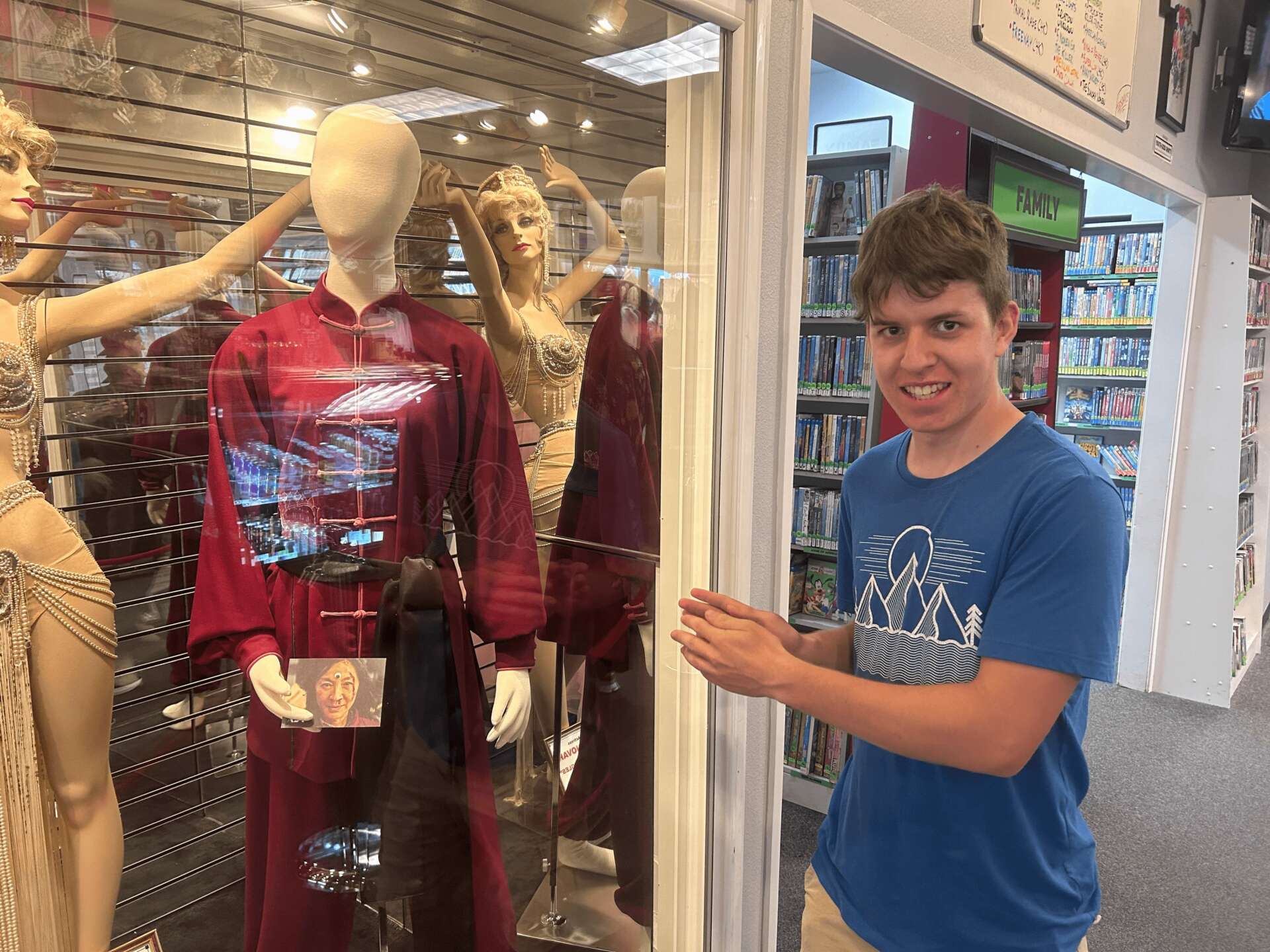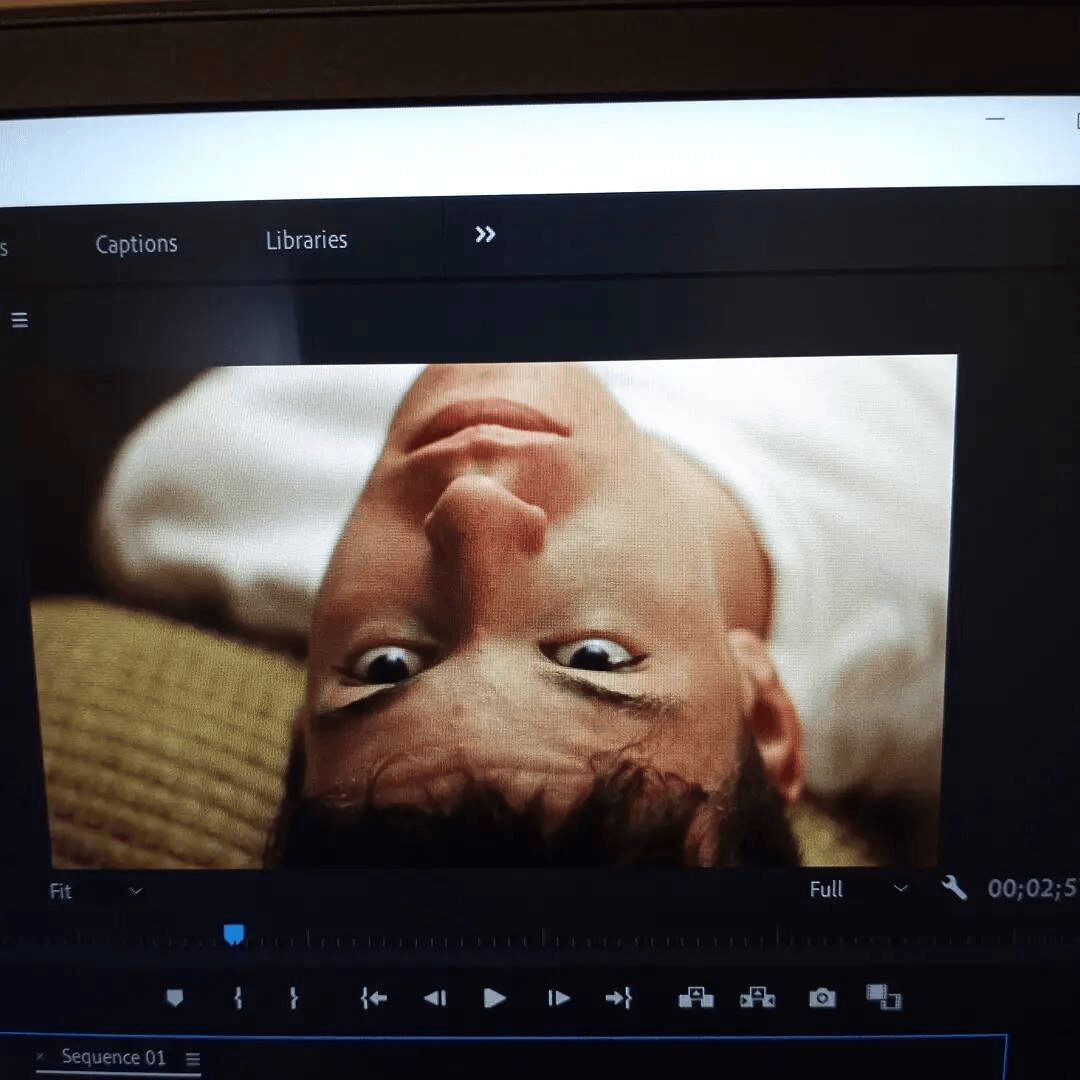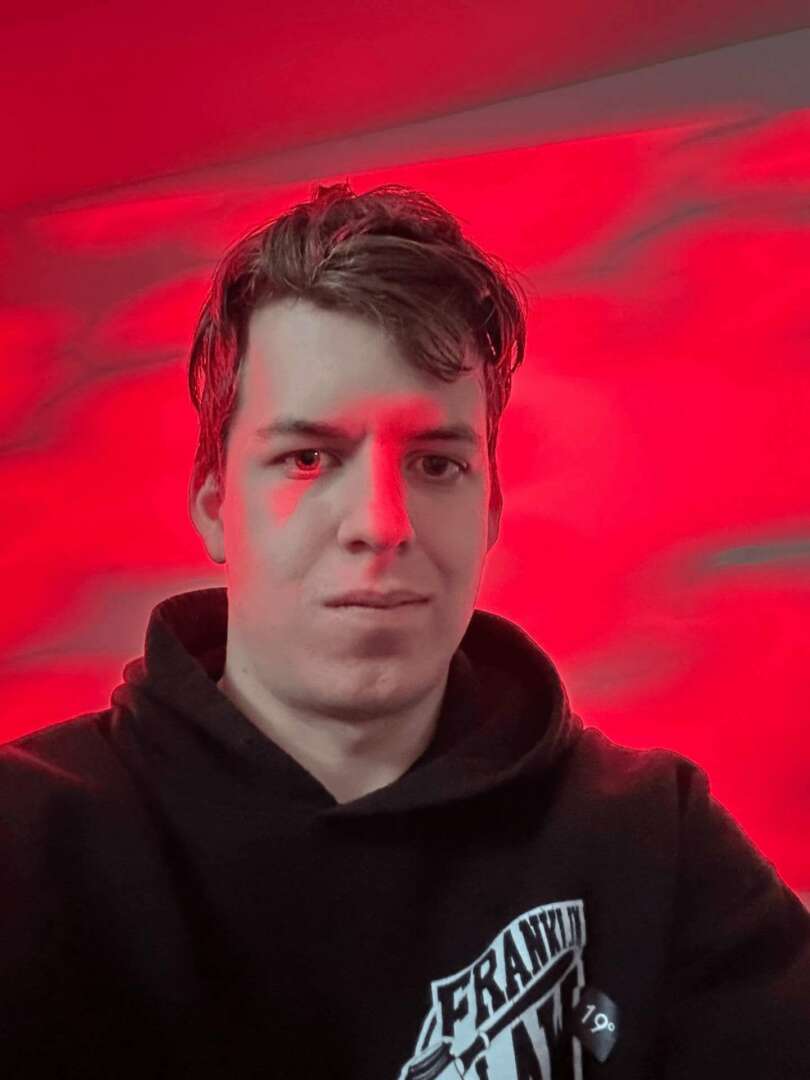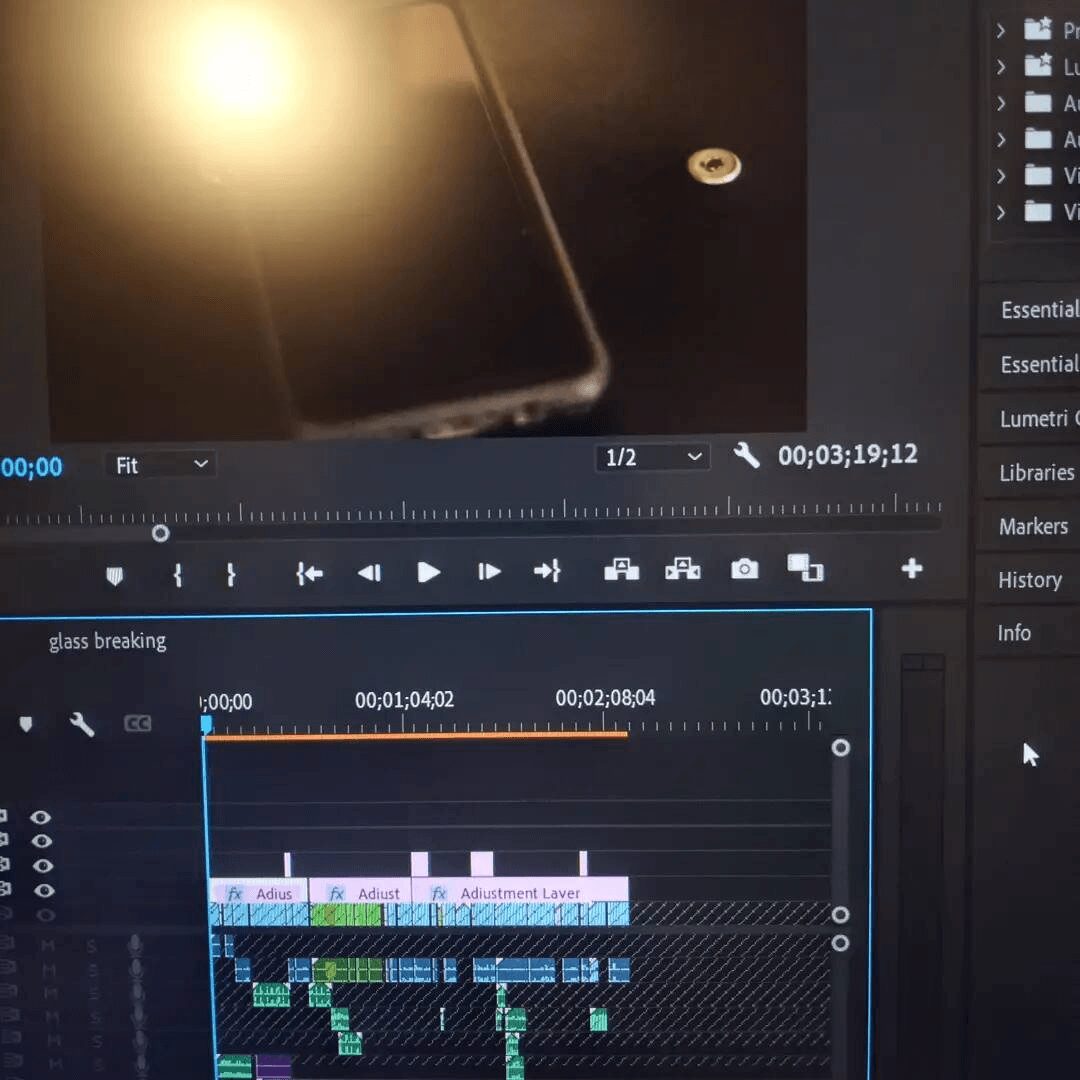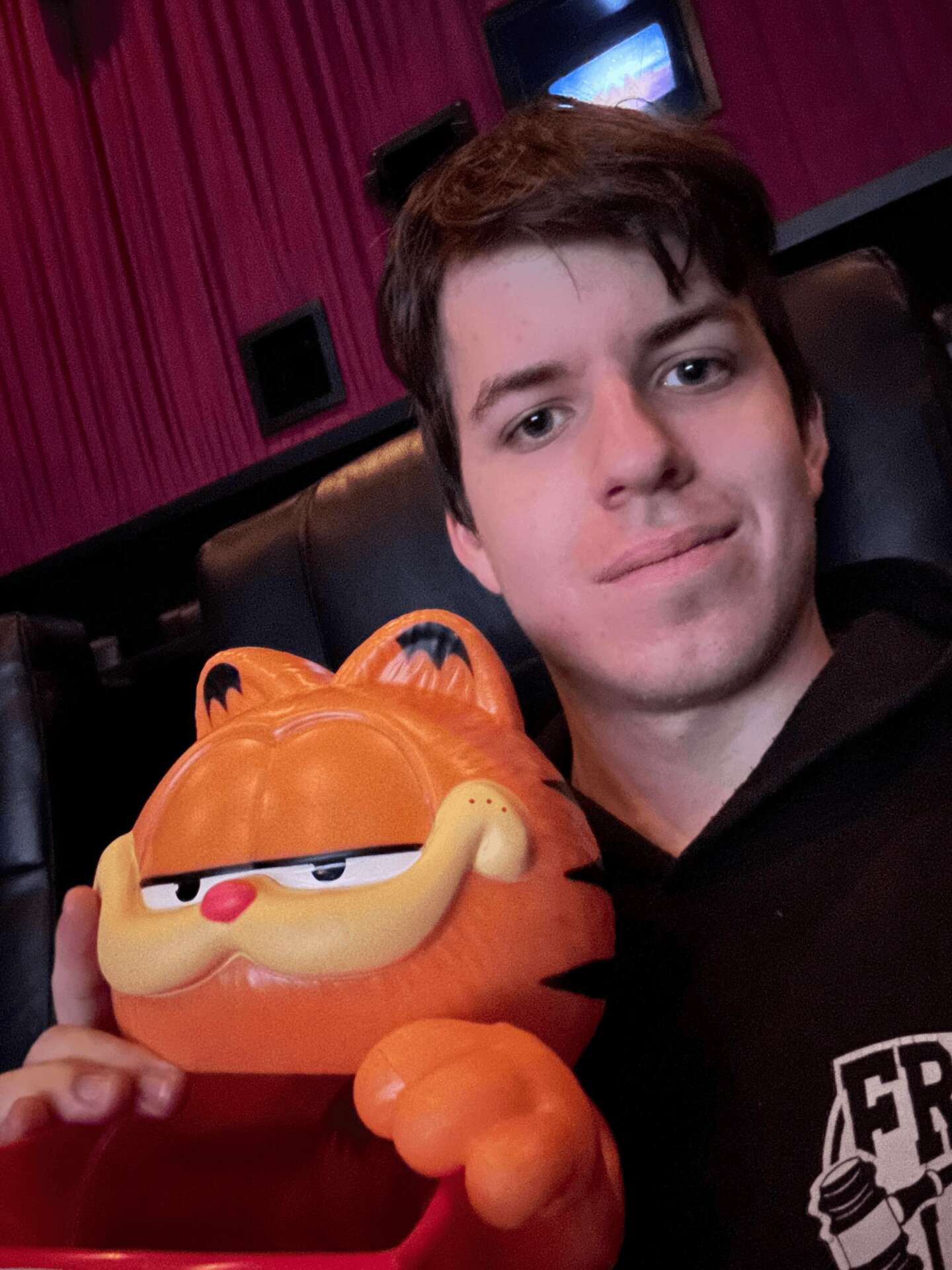We recently connected with Parker Clements and have shared our conversation below.
Parker, looking forward to hearing all of your stories today. When did you first know you wanted to pursue a creative/artistic path professionally?
I started back in fifth grade through a OMSI camp called desert documentary. It was a five day camp where you went out to John Day Fossils Beds, and shot a short documentary about the environment. The first couple of days was learning about the equipment. We used canon t5i which inspired me to get the t6i which was my first camera. The second day our groups were assigned I chose plants, because I’m a fan of gardening. We learned how to use a JIB it was my first introduction to professional tools, and I remember spending time learning how to balance it, and make a smooth decent down. It was hot out on that desert, but it didn’t stop me from getting b-roll. I even found a scorpion under a rock that didn’t make it into the final cut sadly. I remember doing close ups of the fire and the dandelion roots, and being in the action I never felt so connected to something before.
What sparked my interested the most was the editing. That was the first time I was introduced to Premiere Pro. I was overwhelmed at first at that time I was editing on windows movie maker. I never knew you could trim so precisely, and accomplish so much. I sorted the clips into different bins one for b-roll of the fossil beds, one of fire, one of the dandelion shoot. I never edited anything in a narrative form just little gaming videos. The combination of visuals and voiceover for the documentary was a puzzle that I need to solve. It then just ended I felt like I could’ve done more, and that sparked me to write, and start making my own narrative content and launched me down the path I am now on today.
I still have the copy of the orginal film which can be found here: https://www.youtube.com/watch?v=RxJ4LZ8Q8Vs&list=PLevo_pdaXyjybWQeLNPuzN5LckK30WjXz&ab_channel=SockBoxStudios
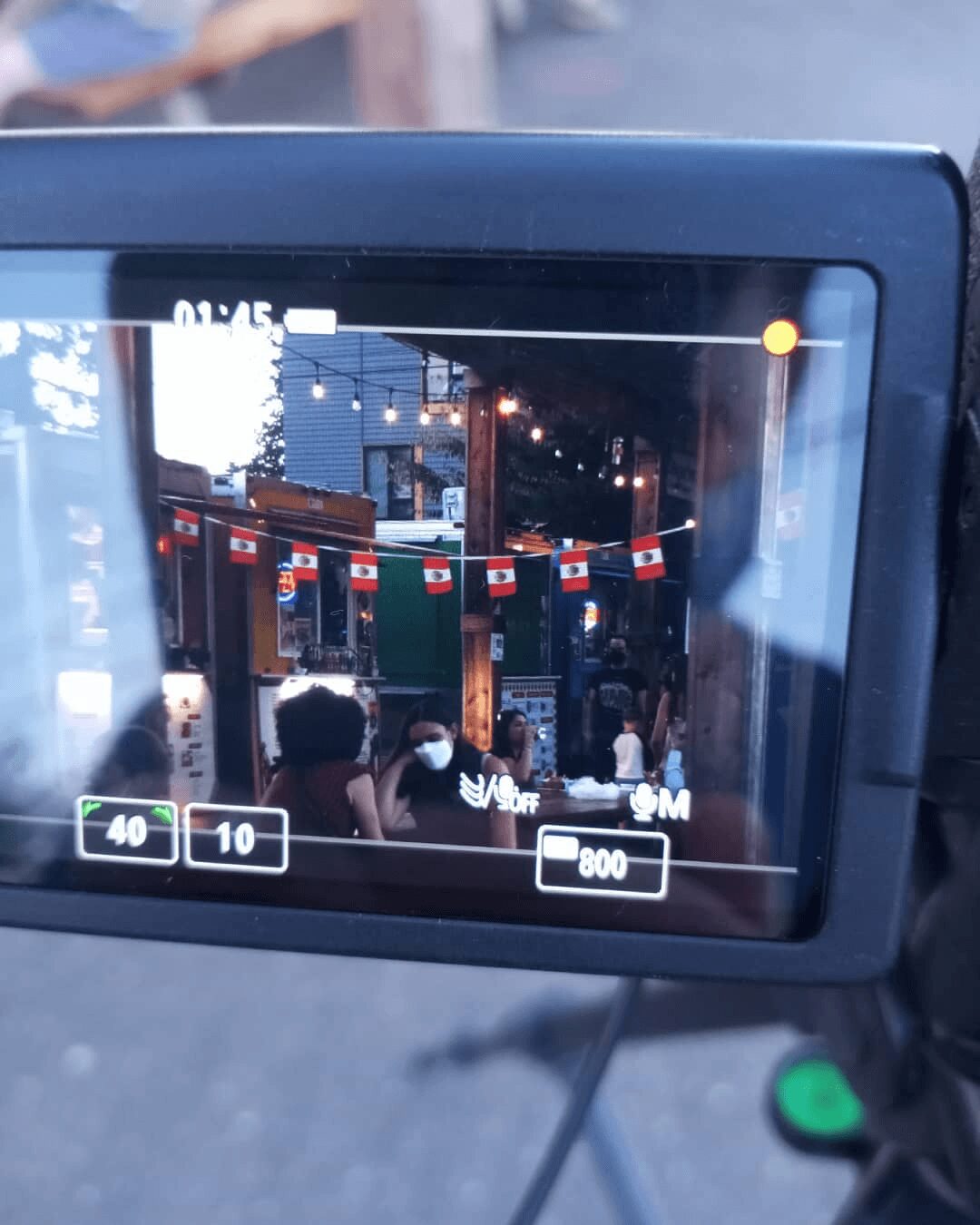
Parker, before we move on to more of these sorts of questions, can you take some time to bring our readers up to speed on you and what you do?
I’m currently a Junior at Portland State University studying Marketing and Video Productions as a double major. I lean more towards the narrative side focusing on darker stories, and complex plot structure. Right now I’m just producing while I’m school which my latest projects I helped fund were Sync and Alitisal. I’m self taught for the most part starting in 5th grade where I started a lawn business in order to pay for film equipment. My mission has always have been to support independent films that create a long lasting impact on society. This can be through, gender, race, sexuality, etc.. When I finish college I want to work for an independent studio along with doing freelance videography work. I’m the creator of Sockbox Studios which is a Youtube channel where I run a lot of my test ideas, but right now it’s just me which I want to expand to other creators or collaborations in the future.
My inspirations are Femme Regard because It is centered around films told by the female gaze which is a genre that has always interested me. It is a line of dialogues that I do want to go into. My other inspiration got to be Wild7 Studios which their shorts are chaotic gory, and have this dark comedy aspect to them. They don’t contrive to traditional narrative formats which is what I admire about them. I’m also inspired by the production company A24, which they created my favorite film Everything Everywhere All At Once . It inspired me to think more outside of the box, and showed how you can combine genres to make something unique. This reflects back on my style of narrative story telling with unique visuals.
What sets me apart from others is the focus to story details. I think of plot first visuals second which in the mainstream it’s more focused around the visuals. I’ll work with other creators, and writers in order to get a different perspective, and am not afraid to take risks. I try doing different styles, and tests in order to see what works and what doesn’t. My tenacity to learn I feel sets me apart instead of doing what works.
What I’m most proud of is the network and the last short film I’ve done. During Covid-19 I spent the time networking with other creatives and filmmakers, and built this community where we support each other. Out of it came this interview that I got from knowing Sabine Kahwaji which I got to know through Tessa and Carolina. I’m introverted so reaching out to people felt awkward at first but I got more comfortable doing it, and formed connections with so many amazing filmmakers, artists, musicians, graphic designers, etc.. It’s one of my favorite aspects of film is how interconnected everyone is.
I’m also proud of the Down Under which was my senior project in high school. I learned how to book spaces, and shoot at night. I tried practical effects like using Alcester for a drug overdose scene, and bike light for a spotlight. I learned so much about non-linear editing it was the closest thing I had at the time to what people described their experienced at film school. You don’t need expensive equipment to get a high quality outcome. I also learned about the errors of layering to many sounds, and to this day has been the most influential project I’ve created that shaped my voice, and where to go. What I’ve learned from it is to make the best of what resources you’ve got, and to challenge yourself. I did a horror short film on Halloween and released it in 12 hours just for the experience. Throughout everything I learned it’s ok to take risks and limiting yourself helps influence creativity.

In your view, what can society to do to best support artists, creatives and a thriving creative ecosystem?
The main thing here is to going to see a variety of films instead of what the latest Blockbusters. I go to see blockbusters don’t get me wrong I have had a great time at some, but I mainly go see films from Focus, A24, Neon, Shudder, etc.. By going to see more independent cinema it helps support the financial independence of these creatives along with supporting independent search for crowd funding campaigns that speak to you. Imagine if 100,000 people just gave a single dollar. You’re supporting the creation of independent art. Also giving artists time to grow. In the American ecosystem everyone is pressured to make so many films within a year where you are getting quantity over quality. After the pandemic in 2022 we had all of these well crafted films released because it gave the artist time to reedit and slow down . Films like: Devotion, The Menu, and The Greatest Beer Run Ever to name a few. Also giving people the room for more artistic freedom would help support artists. Films like Skinamarank and Inside (2023) explore this slow psychological state of mind. These stories you need to pay attention to and can’t be on your phone, and watch them at the same time. By giving your undivided attention to these more unique films it will encourage more creating more of a balance in theaters and at home. We’re constantly getting the same types of stories which then forces studios to put filmmakers into a box or for them to do themselves to sell their films strangling the artistic ecosystem.

Let’s talk about resilience next – do you have a story you can share with us?
Back in high school when I was first starting out I edited a short film called Joy in Your Day where the main character was in black and white and the rest of the world was in color. I had no idea had to mask in the time, and started in Premiere Pro. The mask was not easy enough to use so I switched to After Effects to do this since that’s what google told me to do so I went from a program I was slightly familiar with to a totally new one. I spent everyday in the computer lab after school learning how to do it. I finally figured out how to mask the black and white, but then the real work began. I had to go frame by frame and this film was five minutes long with thousands of frames, and readjust the mask. At this time roto brush was non-existent. This project was my final and it took me 6 months to do I would spend about 3 hours a day readjusting, doing playback, feathering, and refining the mask. I got extensions from my teacher who originally suggested it. I would do it at school or at home because I eventually purchased the adobe suite. The day of the final deadline hit, and it was completed I turned it in and I got such a feeling of relief. What I learned from this whole process is that filmmaking is not always glamorous. It’s quite tedious at times, but the patience is worth the result. I learned such a valuable skill of masking that day that I now bring masking into the majority of my projects. In order to create you need a balance of different layers which I never really thought of until after that project. Out of all of it I wouldn’t have changed anything today learning by manually doing something is a good way to see how each component effects the overall project, and I feel like if AI tools like roto brush existed back then I wouldn’t be in the creative space where I am today.
Contact Info:
- Instagram: https://www.instagram.com/sockbox_studios/
- Facebook: https://www.facebook.com/The.Real.SockBoxStudios/?ref=pages_you_manage
- Linkedin: https://www.linkedin.com/in/parkerclements/
- Youtube: https://www.youtube.com/channel/UChsHE6oy03tTizRnquVTzBQ
